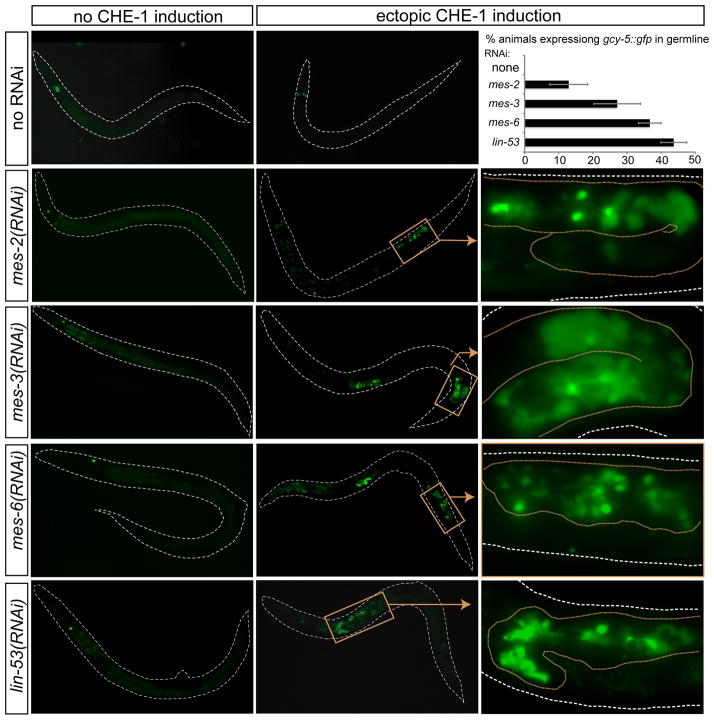Fig. 1. Knockdown of members of the PRC2 complex allow che-1 mediated conversion of germ cells to neurons.
Larval progeny of RNAi-treated animals were analyzed for gcy-5::gfp (ASE fate marker; ntIs1 transgene) expression ~24 hours after heatshock induction of CHE-1 (otIs305 transgene). Right panels show blow-ups of boxed regions in middle panels, with germlines outlined by brown stippled lines. Top right panel shows penetrance of conversion phenotypes after che-1 induction at the ~L4 stage (at least 3 independent experiments, n=90–300 for each RNAi). The incomplete penetrance is most likely due to the incomplete effect of RNAi (as quantified in Suppl. Fig. 6). We had previously shown through antibody staining that the lin-53(RNAi) effect can not be explained by improved germline expression of che-1 from the heat-shock vector (Tursun et al., 2011). See also Experimental Procedures for more comments on transgene expression in the germline.

